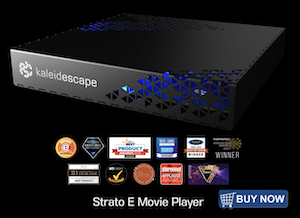VinceHoffman
Active Member
More
- Preamp, Processor or Receiver
- Anthem AVM60 or Coincident Statement Linestage
- Main Amp
- N/A
- Additional Amp
- 2x Meridian 557 for Atmos
- DAC
- Hotrodded PS Audio Directstream DAC w/ outboard linear PS.
- Universal / Blu-ray / CD Player
- Oppomod UDP-203 & Jay's Audio CDT2 Mk II transport
- Streaming Equipment
- Apple TV 4k
- Streaming Subscriptions
- Apple+, CraveTV, Disney+, Netflix, and PrimeTV
- Front Speakers
- ATC SCM20ASL Pro mkII on Skylan 4 post stands
- Center Channel Speaker
- ATC SCM20ASL Pro mkII on Skylan 4 post stand
- Surround Speakers
- ATC SCM20ASL Pro mkII on Skylan 4 post stand
- Front Height Speakers
- ATC SCM12i Pro hung from K&M ceiling mounts
- Rear Height Speakers
- ATC SCM12i Pro hung from K&M ceiling mounts
- Subwoofers
- 4x Seaton Sound Submersive HP
- Other Speakers
- DSPeaker Anti-mode 2.0 for sub modal EQ & delay
- Screen
- Seymour Screen Excellence 4k 2.37:1 Motorized
- Video Display Device
- JVC DLA-990 & Isco 3L Ana-lens on motorized sled
- Other Equipment
- Oracle Delphi VI Reference/Turbo PS/SME V/Benz LP-S turntable, Foundation Research V5 phono-stage, & JL Audio CR-1 electronic subwoofer crossover
My 10'x4'x5" air-gapped ceiling cloud does double duty. It intercepts the primary ceiling reflection for both the LCR mains and front Atmos overheads.











